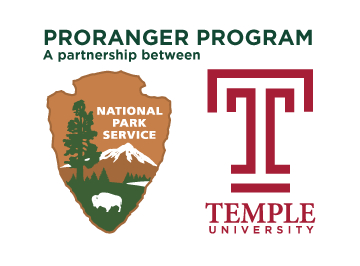In my week with Maintenance, I was introduced to a multitude of projects that Maintenance is working on in the park. I was also made aware that there is only one person who mows all of the grass in the park and only three people who clean all of the toilet facilities. I will never fail to be impressed with the jobs that these employees do-- a clean park and a clean toilet often can make or break a visitor's experience at the Lakeshore.
 |
| Barn made from Cedar bricks on S. Manitou Island |
On Thursday, I was able to help the carpentry crew in replicating a rotting window frame from one of the historical houses. This was one of my favorite jobs-- it took me back to my years as an art major in the wood shop. I also helped in a barn restoration project in the Port Oneida rural historical district alongside the park's historical architect, where we stripped old window frames and re-glazed them to be put on the exterior of the barn. Inside, another crew replaced the barn's rotting floor boards. Friday, I was able to debrief with the head of Maintenance about budgeting, volunteers, and how projects are funded in the park.
 |
| Taking blood from a Piping Plover |
 |
| My first Baby's Breath |
Friday, I shadowed a campground rove, leaving reminders for campers about proper food storage, in order to ensure that the campers do not attract animals such as raccoon and bears.
These upcoming weeks, I will be shadowing Law Enforcement, and I am very excited. Until next time!













